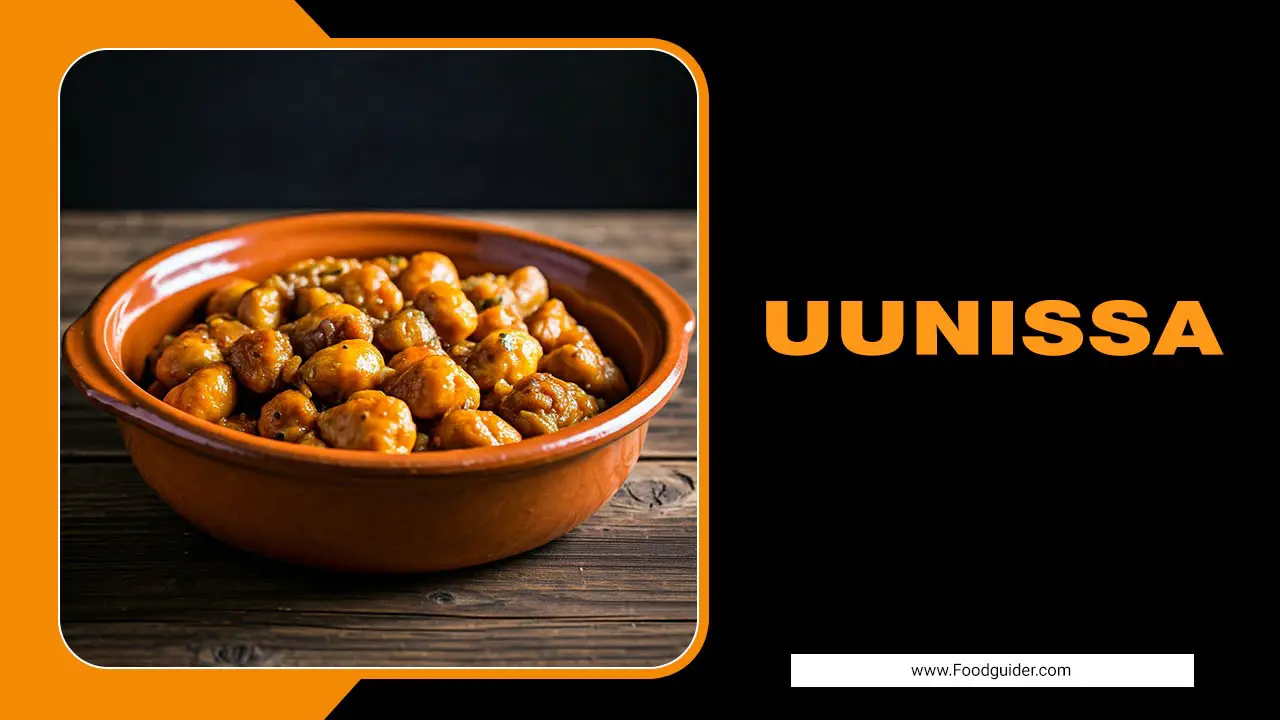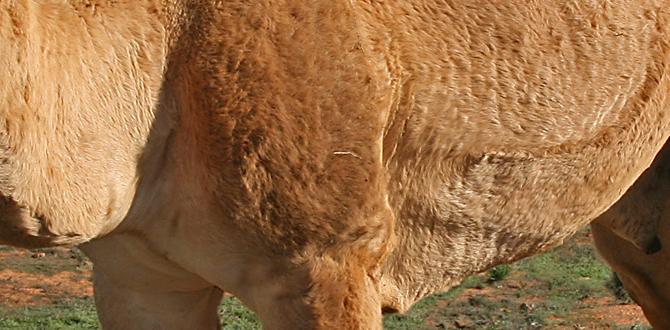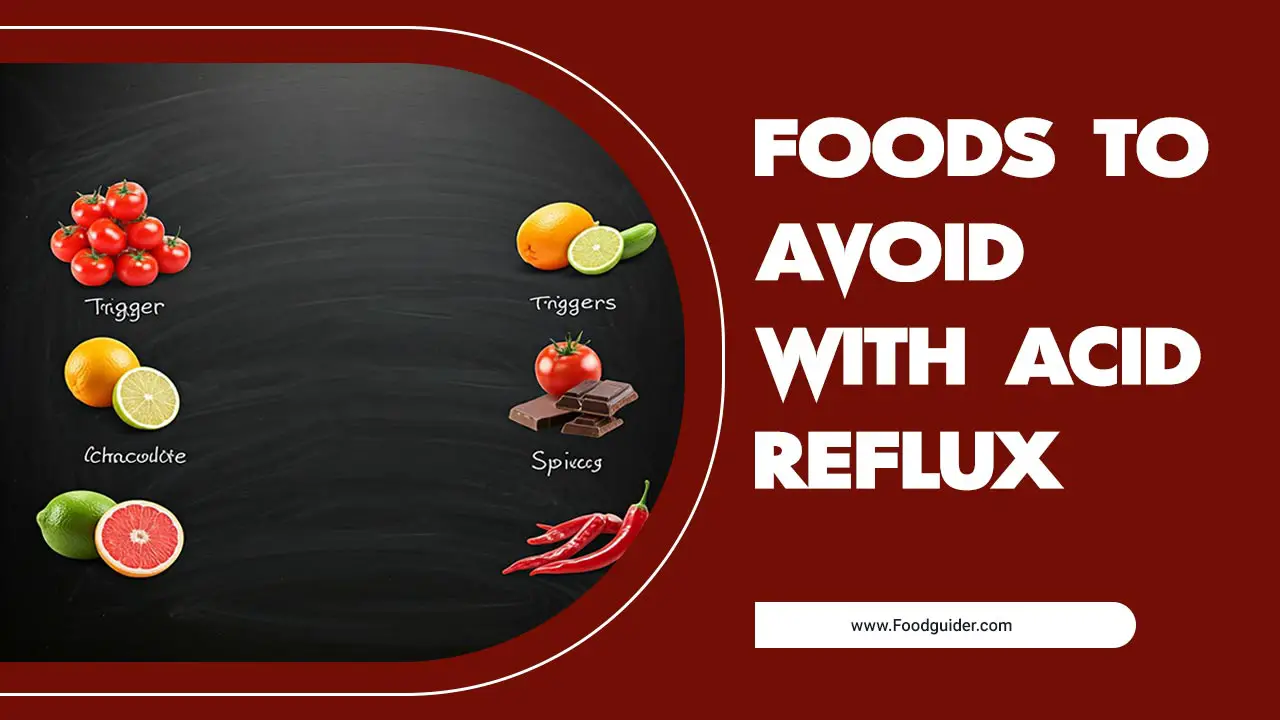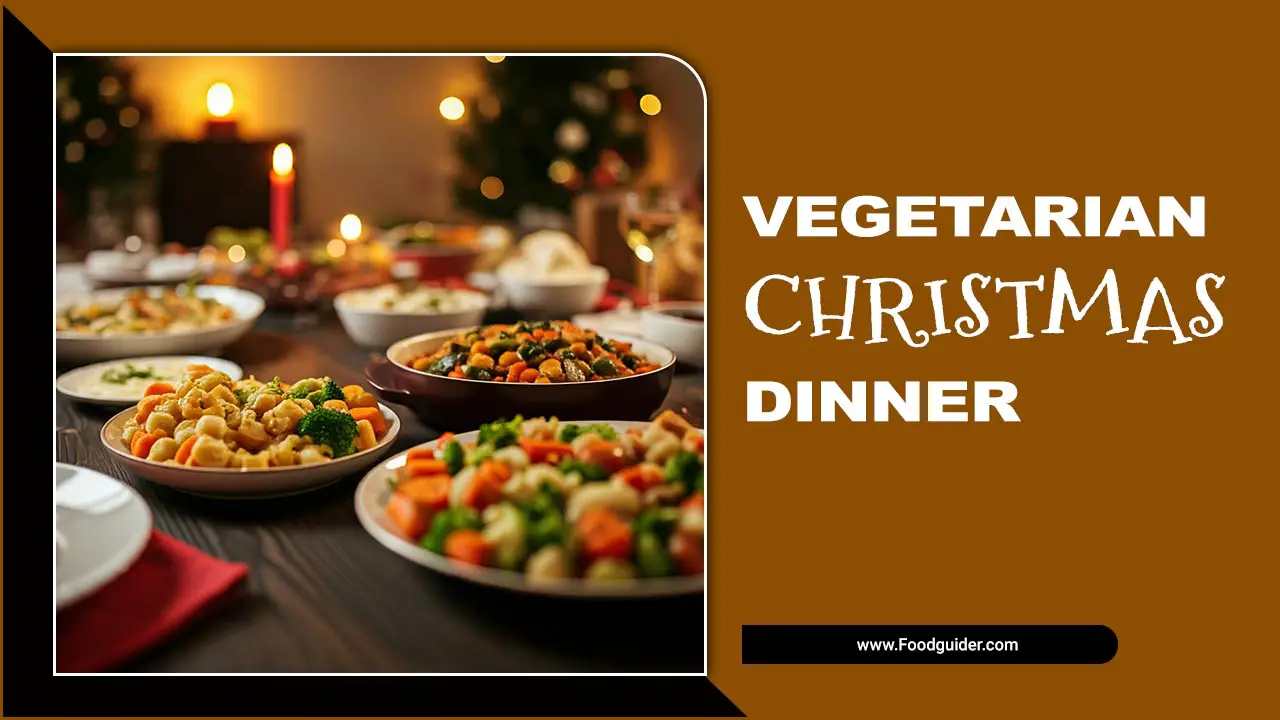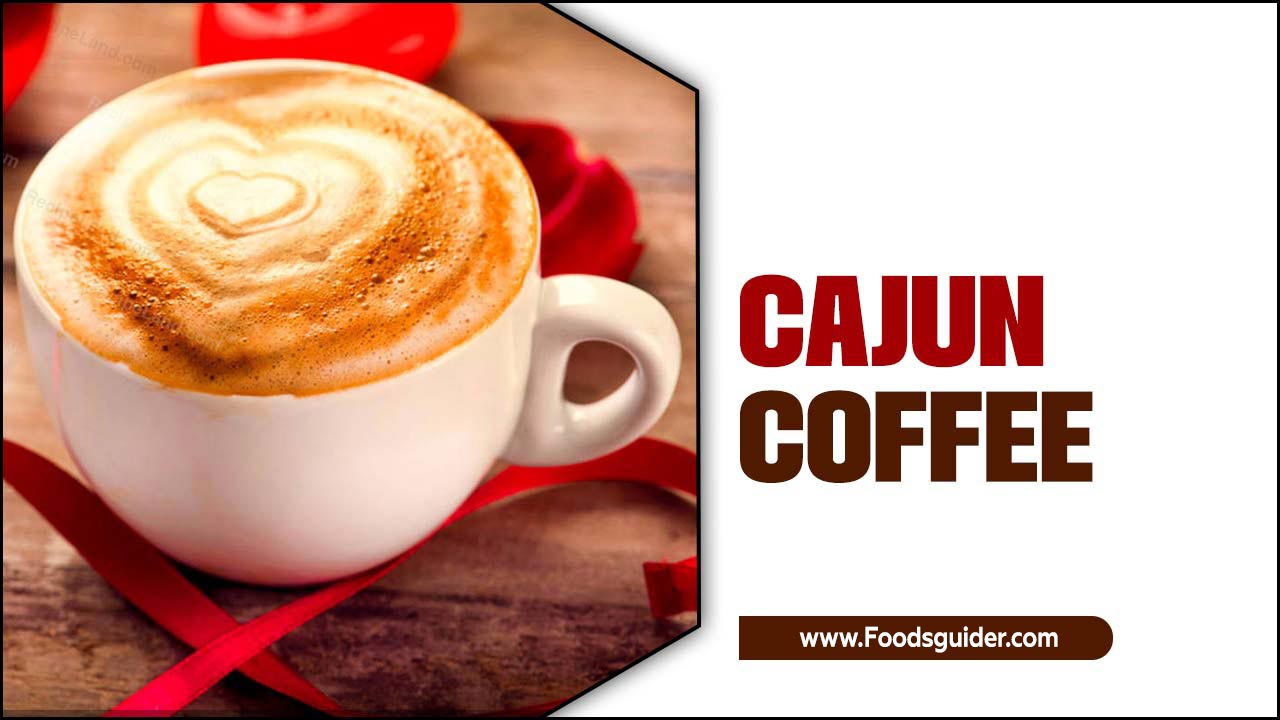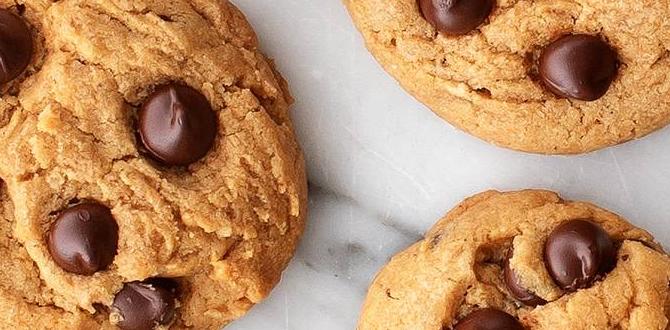Foodie influencer partnerships can be incredibly successful for brands, connecting them with engaged audiences, driving sales, and building a loyal community. By selecting the right influencers, crafting authentic collaborations, and measuring results, businesses can achieve proven success through these strategic alliances.
Hello fellow food lovers and kitchen adventurers! Ever see a mouth-watering dish on social media and wonder where it came from or how to make it? Chances are, a “foodie influencer” shared it with you. These culinary creators have a knack for making food look amazing and inspiring us to try new recipes and restaurants. For businesses in the food industry, partnering with these influencers isn’t just a trend; it’s a powerful way to reach new customers. But how do you make these partnerships truly work and see real results? Don’t worry, we’re about to explore the delicious details together, step by step!
Why Foodie Influencer Partnerships Are a Recipe for Success
In today’s digital world, word-of-mouth has gone global, and foodie influencers are the new tastemakers. They’ve cultivated trust and a dedicated following by sharing their passion for food. When a brand partners with a well-chosen influencer, it’s like getting a trusted friend to recommend your product or service to a whole community of people who already love food. This creates an organic and highly effective way to get your message out there, making people curious and eager to try what you offer.
Building Trust and Authenticity
One of the biggest wins with influencer partnerships is authenticity. Influencers share real experiences and genuine opinions. When they talk about your product, it feels like a personal recommendation, not just an advertisement. This builds trust with their followers, which translates into real interest and engagement for your brand.
Reaching Targeted Audiences
Foodie influencers have a specific audience: people who are passionate about food, cooking, dining out, and trying new flavors. Partnering with them means you’re directly connecting with people who are already interested in what you have to offer. This is far more effective than broad advertising that might reach uninterested eyes.
Driving Real Sales and Conversions
When an influencer genuinely loves a product, they can inspire their followers to purchase it. Strong calls to action, unique discount codes, and compelling content showing the product in action can lead to noticeable increases in sales and website traffic. It’s about making the connection between inspiration and action seamless.
Boosting Brand Awareness and Visibility
A successful partnership can put your brand in front of thousands, or even millions, of new people. Consistent exposure through influencer content helps build brand recognition and keeps your offerings top-of-mind for consumers. It’s a fantastic way to get your name out there in a way that feels natural and engaging.
The Essential Ingredients for a Successful Foodie Influencer Partnership
Just like baking a perfect cake, successful influencer partnerships require the right mix of elements. It’s not just about finding someone with a lot of followers; it’s about finding the right someone and working together to create something amazing. Let’s break down the key components:
Step 1: Identify Your Goals and Target Audience
Before you even start looking for influencers, you need to know what you want to achieve. Are you looking to:
- Increase brand awareness?
- Drive sales for a specific product?
- Promote a new menu item or restaurant opening?
- Generate user-generated content?
- Build a community around your brand?
Knowing your goals will help you choose the right type of influencer and measure your success properly. Also, consider who you want to reach. Are they home cooks, busy professionals looking for quick meals, or adventurous eaters? This will guide your influencer selection.
Step 2: Find the Right Foodie Influencers
This is where the real detective work begins! Look for influencers whose content aligns with your brand’s values, style, and target audience. Consider these factors:
- Audience Demographics: Do their followers match your ideal customer?
- Engagement Rate: More important than follower count! Look for likes, comments, shares, and saves. A high engagement rate means their audience is actively listening.
- Content Quality: Are their photos and videos appealing? Is their writing interesting and informative?
- Niche and Style: Do they focus on healthy eating, baking, restaurant reviews, specific cuisines, or budget-friendly meals – whatever fits your brand?
- Authenticity: Do they seem genuine? Do they promote products they truly seem to like?
- Past Partnerships: How have they worked with brands before?
Platforms like Instagram, TikTok, YouTube, and Pinterest are treasure troves for discovering food influencers. Use relevant hashtags like #foodblogger, #foodgram, #recipeoftheday, #eatstagram, and #influencer marketing, plus terms specific to your niche (e.g., #veganrecipes, #quickmeals, #glutenfreerecipes).
Step 3: Craft a Compelling Pitch and Collaboration Proposal
Once you’ve identified potential partners, it’s time to reach out. A generic email won’t cut it. Personalize your pitch!
What to include in your proposal:
- A clear introduction of your brand and what you offer.
- Why you think they are a good fit for your brand (mention specific content of theirs you admire).
- The goals of the partnership.
- Details of the proposed collaboration (e.g., sponsored posts, recipe development, giveaway, event attendance).
- What you are offering (compensation like payment, free products, extended contracts, affiliate opportunities).
- What you expect from them (deliverables, timelines, usage rights).
- A clear call to action (e.g., “Would you be open to a brief call to discuss this further?”).
It’s a good idea to have a clear contract outlining all the terms and conditions to avoid any misunderstandings. Organizations like the Federal Trade Commission (FTC) provide guidelines on proper disclosure for endorsements, which both you and the influencer must adhere to. This ensures transparency and maintains audience trust.
Step 4: Develop Creative and Authentic Content
This is where the magic happens! Allow the influencer some creative freedom. They know their audience best. Instead of dictating exactly what to say or show, provide clear guidelines and key messaging, but let their personality shine through.
Types of content that work well:
- Recipe Creations: Influencers develop and showcase recipes using your product.
- Taste Tests/Reviews: Honest opinions and delicious-looking visuals of them enjoying your product.
- “Day in the Life” Integrations: Showing how your product fits into their daily routine.
- Giveaways: Engaging their audience with a chance to win your products.
- Restaurant Features: If you have a restaurant, invite influencers for an experience.
- Unboxing Videos: For physical products, showing the excitement of receiving and trying them.
Encourage them to share their genuine experience, including any “behind-the-scenes” moments or personal tips. This level of detail makes the content relatable and trustworthy.
Step 5: Track, Measure, and Analyze Results
To prove success, you need to track what worked and what didn’t. Work with the influencer to gather data. Key metrics to monitor include:
- Reach and Impressions: How many people saw the content?
- Engagement: Likes, comments, shares, saves.
- Website Traffic: Using unique trackable links or UTM parameters.
- Sales and Conversions: Through unique discount codes or affiliate links.
- Brand Mentions and Sentiment: What are people saying about your brand as a result?
Tools like Ahrefs or SEMrush can help you track mentions and organic traffic. Many social media platforms also provide built-in analytics for sponsored content. Analyzing this data helps you understand the ROI (Return on Investment) and refine future campaigns.
Success Stories and Case Studies
Let’s look at a couple of hypothetical examples to see how this plays out.
Example 1: A Local Bakery and a Food Blogger
The Goal: Increase local foot traffic and online orders for custom cakes.
The Influencer: A popular local food blogger known for showcasing hidden gems and delicious treats in the city. Their audience is primarily local residents interested in artisanal food.
The Collaboration: The bakery invited the blogger to sample their new seasonal pastry line and a custom-designed cake. The blogger created a series of Instagram Stories and a dedicated post featuring high-quality photos and a video of the cake being cut and enjoyed. They also shared a unique discount code for online orders.
The Results:
- A 25% increase in website traffic for their online ordering page within a week.
- A 15% redemption rate on the provided discount code, leading to direct sales.
- Numerous user-generated content posts from followers who visited the bakery after seeing the influencer’s content.
- Increased brand awareness within the target local community.
Example 2: A Food Product Brand and a TikTok Chef
The Goal: Drive awareness and sales for a new gourmet spice blend.
The Influencer: A TikTok creator known for quick, easy, and flavorful recipe hacks using everyday ingredients. They have a young, engaged audience looking for practical cooking tips.
The Collaboration: The brand sent the influencer their spice blend. The influencer developed three short, dynamic TikTok videos showcasing how to use the spice blend in different dishes – a quick chicken marinade, a flavorful roasted vegetable recipe, and a twist on popcorn seasoning. Each video included a direct link to the product page and a unique promo code.
The Results:
- Over 500,000 views across the three TikTok videos.
- A significant surge in product sales, with 30% of sales attributed to the influencer’s unique discount code.
- The spice blend was mentioned in discussions across various food-related TikTok communities.
- The brand saw a substantial increase in its own TikTok follower count.
Table: Key Metrics for Measuring Influencer Partnership Success
Here’s a quick look at what to measure and why it’s important:
| Metric | What It Tells You | How to Track |
|---|---|---|
| Engagement Rate | How interested and active the influencer’s audience is with their content. | (Likes + Comments + Shares + Saves) / Follower Count 100 |
| Reach & Impressions | The total number of unique users who saw the content (reach) and the total number of times the content was displayed (impressions). | Provided by influencer or social media platform analytics. |
| Website Clicks | How many people clicked through to your website or landing page from the influencer’s content. | Trackable links (e.g., Bitly, UTM parameters) shared with the influencer. |
| Conversion Rate | The percentage of website visitors who complete a desired action (e.g., purchase, sign-up). | Google Analytics, e-commerce platform reporting, unique discount codes. |
| Cost Per Acquisition (CPA) | The average cost of acquiring one new customer due to the partnership. | Total Partnership Cost / Number of New Customers acquired. |
| Brand Mentions & Sentiment | How often your brand is mentioned and the overall tone of those mentions. | Social listening tools (e.g., Brandwatch, Sprinklr), manual searches. |
Common Pitfalls to Avoid
Even the best recipes can go wrong if you miss a key ingredient or step. Similarly, influencer partnerships can stumble. Be aware of these common issues:
- Chasing Follower Count Over Engagement: A large, unengaged following is less valuable than a smaller, highly interactive one.
- Lack of Clear Brief and Expectations: Ambiguity leads to content that misses the mark.
- Forcing Inauthenticity: If the influencer doesn’t genuinely connect with the product, it will show.
- Ignoring FTC Guidelines: Failing to disclose sponsored content can damage trust and lead to penalties. Always ensure influencers use clear disclosures (#ad, #sponsored).
- Not Tracking Results: Without data, you can’t prove success or learn for the future.
- One-Off Campaigns: Building long-term relationships often yields better results and deeper audience connection.
FAQs: Your Burning Questions Answered
Q1: How much should I pay a foodie influencer?
This varies greatly! Factors include the influencer’s follower count, engagement rate, content quality, the scope of work, and your brand’s budget. Some influencers accept free products in exchange for reviews, while others charge a fee per post, or a combination. It’s best to research their media kit or have an open discussion about their rates.
Q2: How long should a partnership last?
It can be a single campaign or an ongoing relationship. For new brands, a single campaign can be a good test. For established brands, ongoing partnerships can build stronger loyalty and familiarity with the influencer’s audience.
Q3: What if the influencer doesn’t like the product?
Ideally, you’d vet influencers thoroughly to ensure they align with your brand and product. If they genuinely dislike it during their honest review process, it’s better for them to communicate that constructively (perhaps focusing on aspects they do* like or suggesting improvements) than to create a fake positive review, which will backfire.
Q4: Can I reuse influencer content on my own channels?
This is a crucial point to clarify in your contract! Typically, brands pay for usage rights to reshare influencer content on their own social media, website, or in ads. Always secure these rights upfront.
Q5: What’s the difference between an influencer and a micro-influencer?
Influencers can range from celebrities with millions of followers to micro-influencers with a few thousand to tens of thousands. Micro-influencers often have a more niche audience and a higher engagement rate, making them excellent for targeted campaigns and building deep community trust. They can also be more cost-effective.
Q6: How do I ensure an influencer’s audience is real?
Look for genuine engagement. Are comments thoughtful, or just generic emojis? Does the follower count seem disproportionate to likes and comments? You can also ask influencers for their media kits, which often include audience demographics and engagement analytics. Tools for detecting fake followers exist, but often, a good gut check based on engagement quality is sufficient.
Conclusion: Savoring the Flavor of Success
Foodie influencer partnerships are a delectable way for brands to connect with their audience, build trust, and drive tangible results. By focusing on authenticity, strategic selection, clear communication, and diligent measurement, you can create a winning recipe for success. It’s about building relationships, telling compelling stories, and letting passionate creators share their genuine love for your food or culinary offerings. So, go ahead, get cooking with your next influencer collaboration – the taste of success is well within reach!

